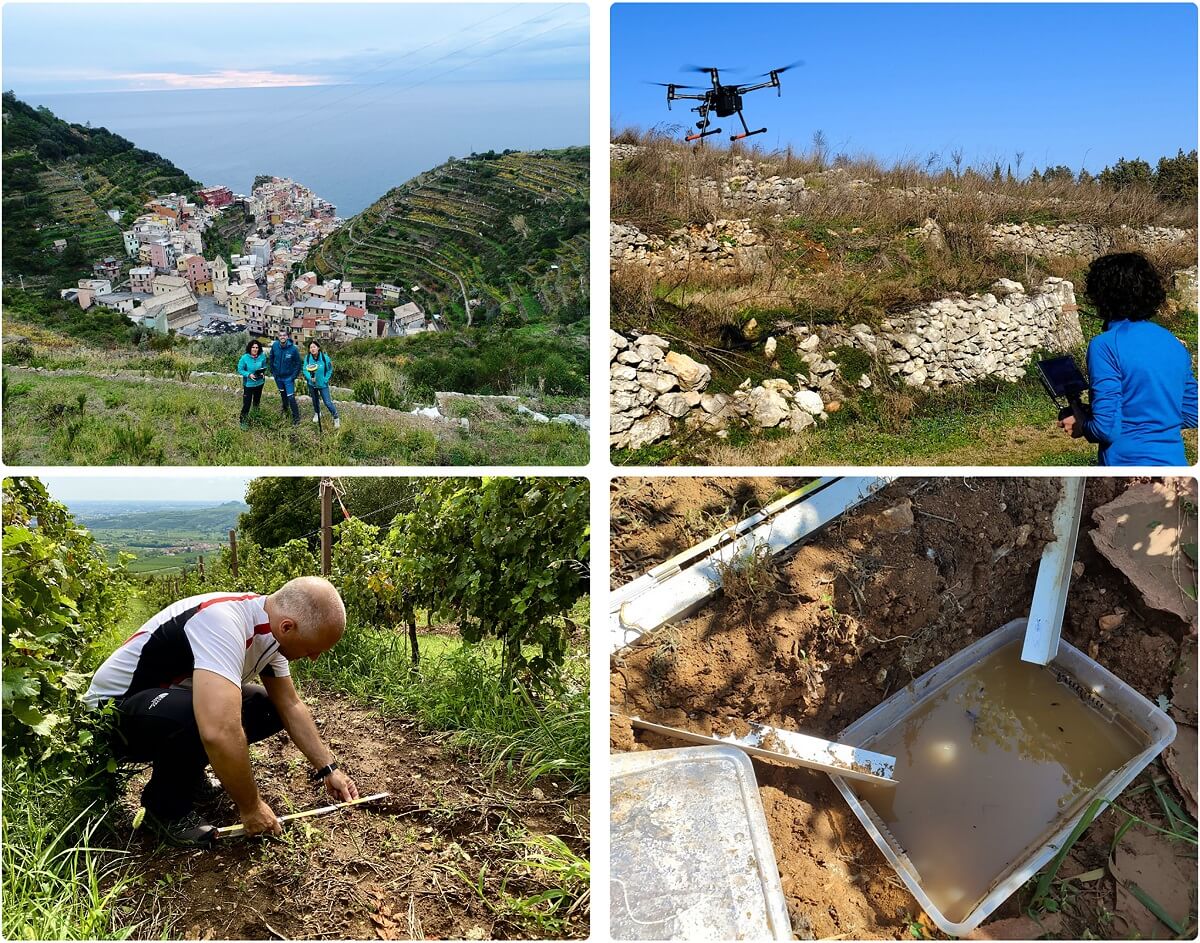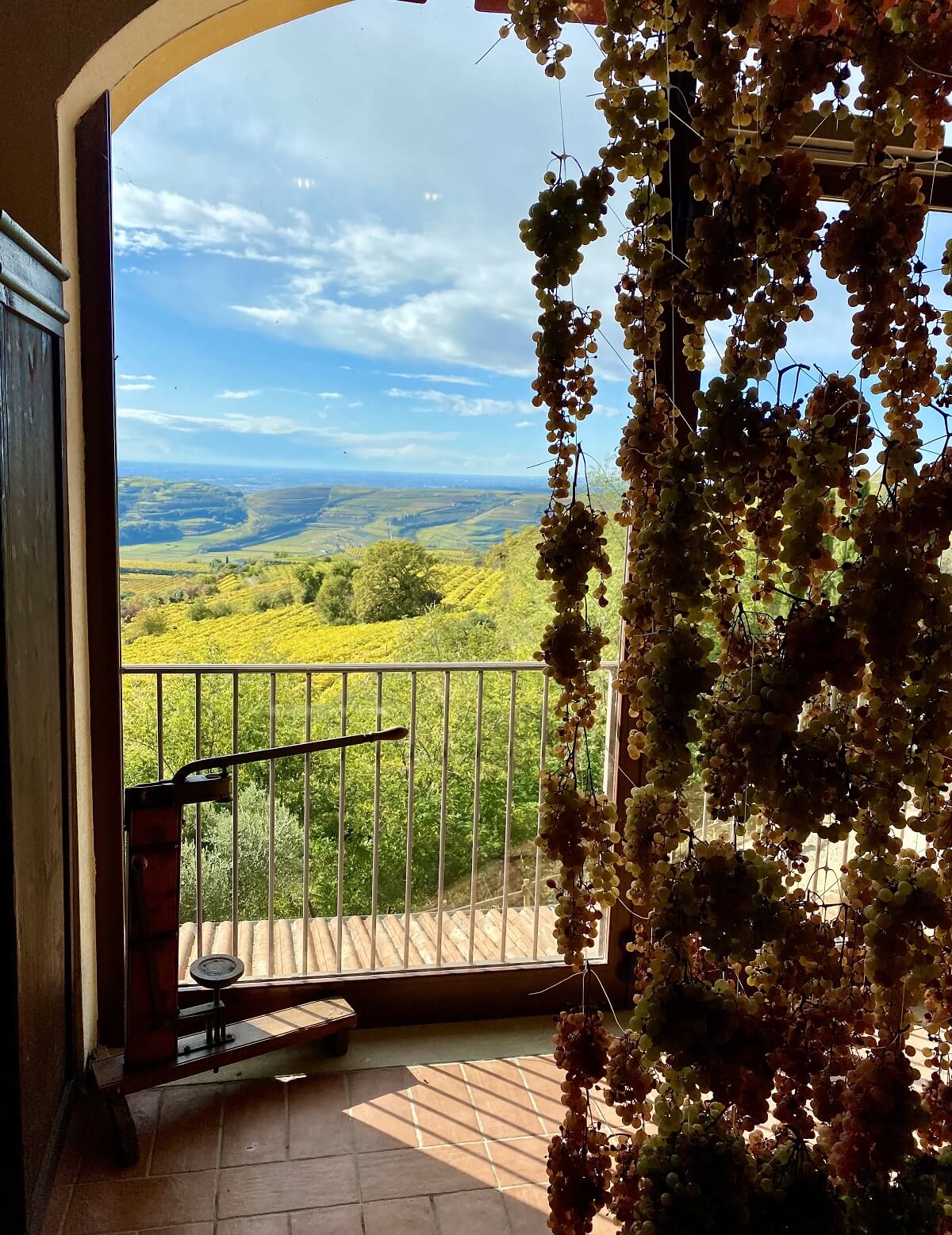PADUA, Italy — Prosecco, along with other renowned wines, may face extinction due to climate change, a new study warns. Scientists in Italy have identified mountainside vineyards, the primary source of this beloved beverage, as being particularly vulnerable to soil degradation and drought.
“The risk is not only losing an agricultural product or seeing a landscape change, negatively impacting the local economy,” says Dr. Paolo Tarolli, the lead author of the study from the University of Padua. “The risk is losing entire communities’ history and their cultural roots.”
Mountain vineyards typically have thin and eroded soils, sometimes resembling bedrock. While these conditions are unfavorable for growing vegetables, grapevines adapt by developing deep roots to seek water. As a result, the grapes produced in mountainous regions tend to be small, akin to blueberries.
Small grapes have a higher skin-to-juice ratio, which contributes significantly to the aroma, flavor, and tannin content of the wine. Consequently, mountain wines often boast intense flavors, substantial structure (especially in red wines), and a wealth of tannins.

These challenging and breathtaking vineyards, nestled in the hillsides of Italy, Portugal, and Spain, have been dubbed “heroic viticulture” due to the difficulty involved in their cultivation. However, the combination of extreme weather events and changing socioeconomic conditions is exacerbating the existing challenges and making these vineyards even more susceptible to the impacts of global warming.
The research team emphasizes the need for collaboration between farmers and scientists to preserve these celebrated wines.
“The great effort required to manage these areas reinforces the specific human-environment connection. This is why they are recognized as cultural uniquenesses of primary historical and social importance, where traditional knowledge is still the determining element,” emphasizes Dr. Tarolli in a media release.
Mountain vineyards benefit from ample sunshine due to their elevated position, receiving early sun exposure. However, the temperatures tend to be cooler, ensuring that the grapes do not suffer from excessive heat. This balance imparts a sense of freshness and equilibrium to the final wine.
According to the study, poor soil quality and decreased rainfall pose the greatest threats to the industry. Additionally, the research identifies several significant socioeconomic barriers.
“The last half past century has been characterized by rural exodus and a gradual abandonment of mountain landscapes. The new generation is unwilling to continue working under extreme conditions if economic benefits are insignificant,” explains Dr. Tarolli.
Cultivating mountain vineyards is an expensive endeavor, with every aspect of the process, from planting to harvesting, requiring slow and meticulous work. Moreover, the steep inclines make it impractical to use tractors or mechanical harvesters, relying instead on manual labor.

(credit: photo by P. Tarolli)
These vineyards are often part of a broader “polyculture” system, surrounded by forests, diverse vegetation, and wildlife. Heroic viticulture sites are characterized by slopes steeper than 30 percent, locations on small islands, elevations higher than 500 meters above sea level, or terraced vineyards.
The term “heroic viticulture” originates from the inherent difficulties involved in cultivating and harvesting crops in these landscapes. Examples include the Prosecco Hills of Conegliano and Valdobbiadene in Treviso, as well as the traditional vineyards of Pantelleria Island in the Strait of Sicily, both protected by UNESCO.
The growing popularity of Prosecco comes at a significant cost, with extensive soil erosion observed on steep hillsides. Demand for Prosecco has surged by more than a third in just five years, outpacing champagne, which only exhibited a one-percent growth during the same period.
To address these challenges, the researchers propose strategic communication efforts that bring together scientists, farmers, and consumers to develop on-site solutions such as integrated small water storage systems to mitigate runoff. They also stress the importance of educating young people about the advantages of rural communities, the preservation of cultural heritage, living in harmony with the environment, and sustainable agriculture.
“The key to success lies in combining the traditional knowledge of winemakers with innovation and scientific rigor. In this way, farms can work closely with scientists to optimize investments for a more functional, sustainable, and safe agricultural landscape—a winning alliance to face these diverse natural and anthropogenic challenges,” concludes Dr. Tarolli.
The findings are published in the journal iScience.
South West News Service writer Mark Waghorn contributed to this report.

